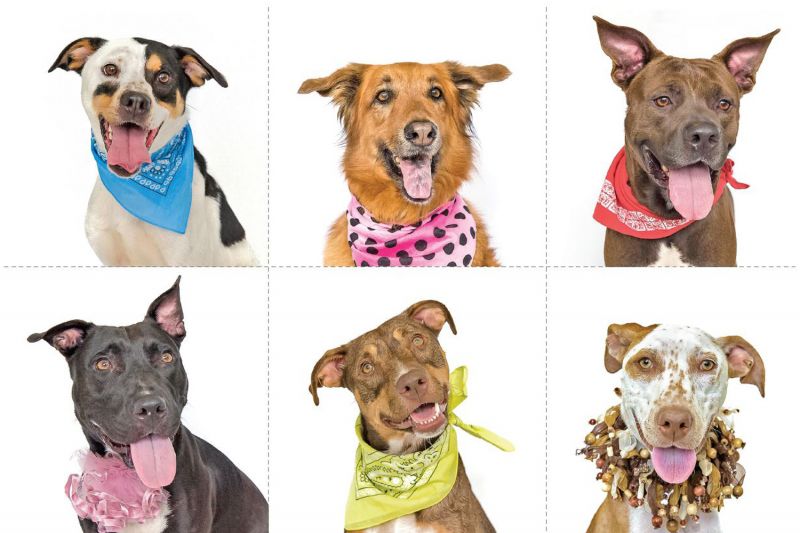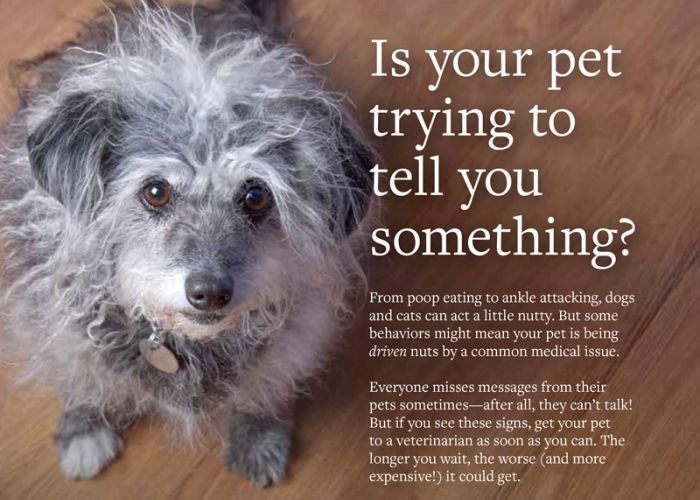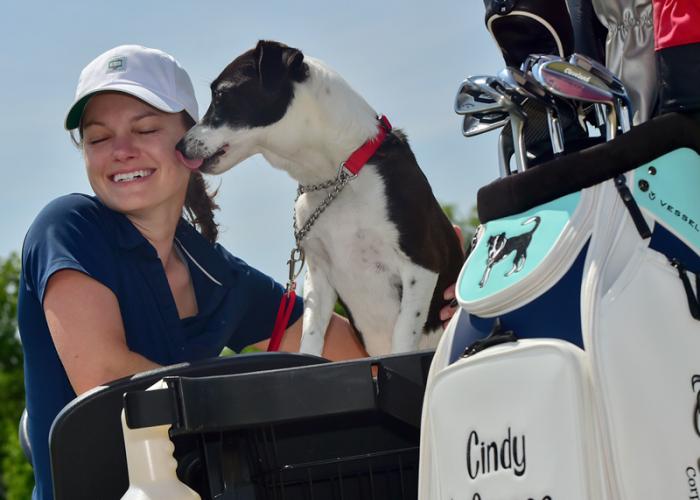What's in a label?
Florida shelter takes the guesswork out of breed mixes

Mom was a black-and-white cocker spaniel. Dad was a reddish tan basenji with a white chest and perky ears. And the pups?
Well, if they showed up at an animal shelter, they might be labeled Lab-pit bull mixes. Or perhaps border collie-beagles. Or some combination that—at least in the mind of the person handling intake—would account for a short black coat with white accents, floppy ears, medium size, muscular build and wide forehead.
Photographs of this diverse canine family appeared in the 1965 book Genetics and the Social Behavior of the Dog. They served as visual proof of researchers’ finding that even first-generation crosses of purebreeds often bear little resemblance to their parents.
Today, with the advent of dog DNA testing, the limits of visual breed identification have become even more apparent. Several recent studies have found that breed labels assigned to dogs of unknown parentage seldom correlate with genetic test results. One study revealed that only half of shelter dogs labeled as “pit bulls” actually belonged to one of the breeds commonly referred to as pits.
Of course, few if any shelters or rescue groups can afford to DNA-test all their dogs, and the dog who gets labeled a Lab mix at one shelter may be labeled something else at another.
So Orange County Animal Services (OCAS) in Florida is tackling the problem in a different way. In February 2014, the municipal shelter simply removed breed descriptions from its kennel cards and website.
Most of the nearly 8,000 dogs the agency takes in each year come in as strays, says Diane Summers, OCAS program manager of the communications team. “So it’s really just anyone’s guess as to what their lineage is.”
This bold move hasn’t gone unnoticed, adds Carolina Mlynarczyk, OCAS marketing and public relations coordinator. “We’ve been contacted by several shelters across the country who are intrigued by this and thinking about doing something similar.”
In this edited interview with Animal Sheltering senior content editor Julie Falconer, Summers and Mlynarczyk discuss what they’ve learned since going “label-free.”
Animal Sheltering: What brought about the decision to remove dog breed descriptions?
Summers: The chairman of our advisory board at the time was the founder of a volunteer group called Pawsitive Shelter Photography, which takes glam shots of some of our pets. His recommendation was that the photos speak more about the animal than the breed and that we should remove the breed altogether because it was potentially putting a stigma or connotation on the dog that may not be true.
How did your staff feel about the new policy?
Mlynarczyk: The majority of discussion was that when somebody’s in our kennel and they look at a dog, they can’t really tell if it’s a Lab mix, if it’s a pit mix, or if it’s three different dogs in one. But by the name “pit bull” being on the kennel card, it may deter some adopters just because of the negative stereotypes that are associated with that, for a dog that may not even be a pit. When there is no breed label on the kennel card, people who are interested in a particular dog may look at their personality.
How has the community reacted to the change?
Summers: We weren’t really too sure what to expect, but the reaction has largely been positive. We have had a few negative comments.
Mlynarczyk: There was one person who wrote to the local newspaper and said they would never be adopting from us again because they want to be able to know the exact breed when they come to adopt and if they want a cocker spaniel, they want to get that cocker spaniel. But the reality is we can’t guarantee them that any of our dogs are going to be 100-percent cocker spaniel.
Has there been an impact on adoption rates?
Summers: Our adoptions have been going up considerably. We hit three record-high adoption months [in 2014], although we made a lot of changes in the past year, removing breed labels being one. We also went to being open seven days a week as opposed to six; our adoption process is much quicker; and we also started doing a bit more advertising.
Were there any logistical challenges to removing breed labels?
Summers: We still breed-label internally. But it’s not on kennel cards. It’s not on our website or on any of our rescue or foster postings.
Mlynarczyk: I think completely doing away with it would have been logistically impossible. [Our software] Chameleon requires it, and in Chameleon the breed shows for staff. Also, we work with PetHarbor and Petfinder, where people often search by breed. Our breed description transfers [from Chameleon] to PetHarbor and Petfinder, but it’s really just our best guess.






